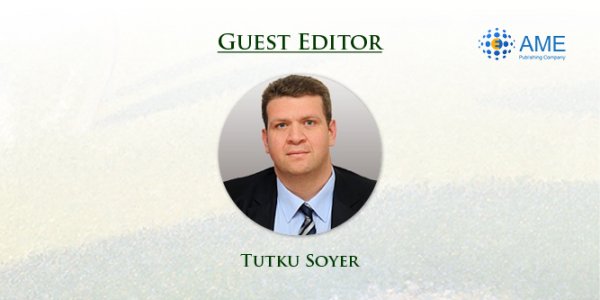
This series on “Tracheoesophageal Fistula” is edited by Tutku Soyer, Department of Pediatric Surgery, Faculty of Medicine, Hacettepe University, Ankara, Turkey.
Tracheoesophageal fistula (TEF) is an anomalous communication between trachea and esophagus. It can be either congenital or acquired. Although, congenital TEFs are usually associated with esophageal atresia, acquired TEFs may have wide range of causes including foreign body aspiration, malignancy and irradiation. The diagnosis of TEF is challenging and requires high index of suspicion in patients with atypical symptoms. The treatment of TEF is surgical and depends on the anatomical localization.
Tracheoesophageal fistula
Surgical treatment for acquired tracheoesophageal fistula complicated with tracheal stenosis using endoscopic liner cutter staplers: a case report
A novel technique of oblique resection and reconstruction in a post-tracheotomy tracheoesophageal fistula: a case report
Respiratory morbidity in children with tracheoesophageal fistula
Management of congenital isolated H-type tracheoesophageal fistula
Endoscopic treatment of tracheoesophageal fistula: use of stents and endoclips
Radiologic diagnosis of tracheoesophageal fistula in children
Tracheoesophageal fistula after esophageal atresia repair: recurrent, missed or acquired
Anesthetic management of tracheo-esophageal fistula
Endoscopic treatment of tracheoesophageal fistula
Malignant tracheoesophageal fistula: diagnosis and management
Postoperative complications and long-term outcomes of tracheoesophageal fistula repair
Disclosure:
The series “Tracheoesophageal Fistula” was commissioned by the editorial office, Current Challenges in Thoracic Surgery without any sponsorship or funding. Tutku Soyer is serving as the unpaid Guest Editor for the series.
